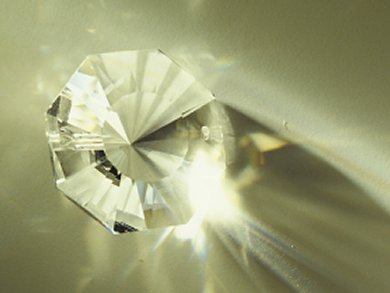Pulsars are small spinning stars about 20 km in diameter that emit a beam of radio waves. Millisecond pulsars, very fast-spinning pulsars, are thought to be neutron stars that have been sped-up by accretion of matter from a binary companion.
Matthew Bailes, Swinburne University of Technology, Melbourne, Australia, and colleagues discovered PSR J1719−1438, a 5.7 ms pulsar in a binary system with an orbital period of 2.2 h, using the Parkes radio telescope of the Australian Commonwealth Scientific and Industrial Research Organisation (CSIRO). The pulsar and its planet are part of the Milky Way’s plane of stars and lie 4,000 light-years away in the constellation of Serpens (the Snake).
The planet’s mass is near that of Jupiter, but its minimum density of 23 g cm−3 suggests that it may be an ultra-low-mass carbon white dwarf. The distance between the pulsar and its planet is only 600,000 km—a little less than the radius of our Sun— so the companion can only be a white dwarf that has lost its outer layers and over 99.9 % of its original mass. The system may thus have once been an Ultra Compact Low-Mass X-ray Binary, where the companion narrowly avoided complete destruction.
The planet is likely to be largely carbon and oxygen, if made out of lighter elements it would be too big to fit the measured orbiting times. The density means that this material is certain to be crystalline: a large part of the star may be similar to a diamond.
- Transformation of a Star into a Planet in a Millisecond Pulsar Binary,
M. Bailes, S. D. Bates, V. Bhalerao, N. D. R. Bhat, M. Burgay, S. Burke-Spolaor, N. D’Amico, S. Johnston, M. J. Keith, M. Kramer, S. R. Kulkarni, L. Levin, A. G. Lyne, S. Milia, A. Possenti, L. Spitler, B. Stappers, W. van Straten,
Science 2011.
DOI: 10.1126/science.1208890




